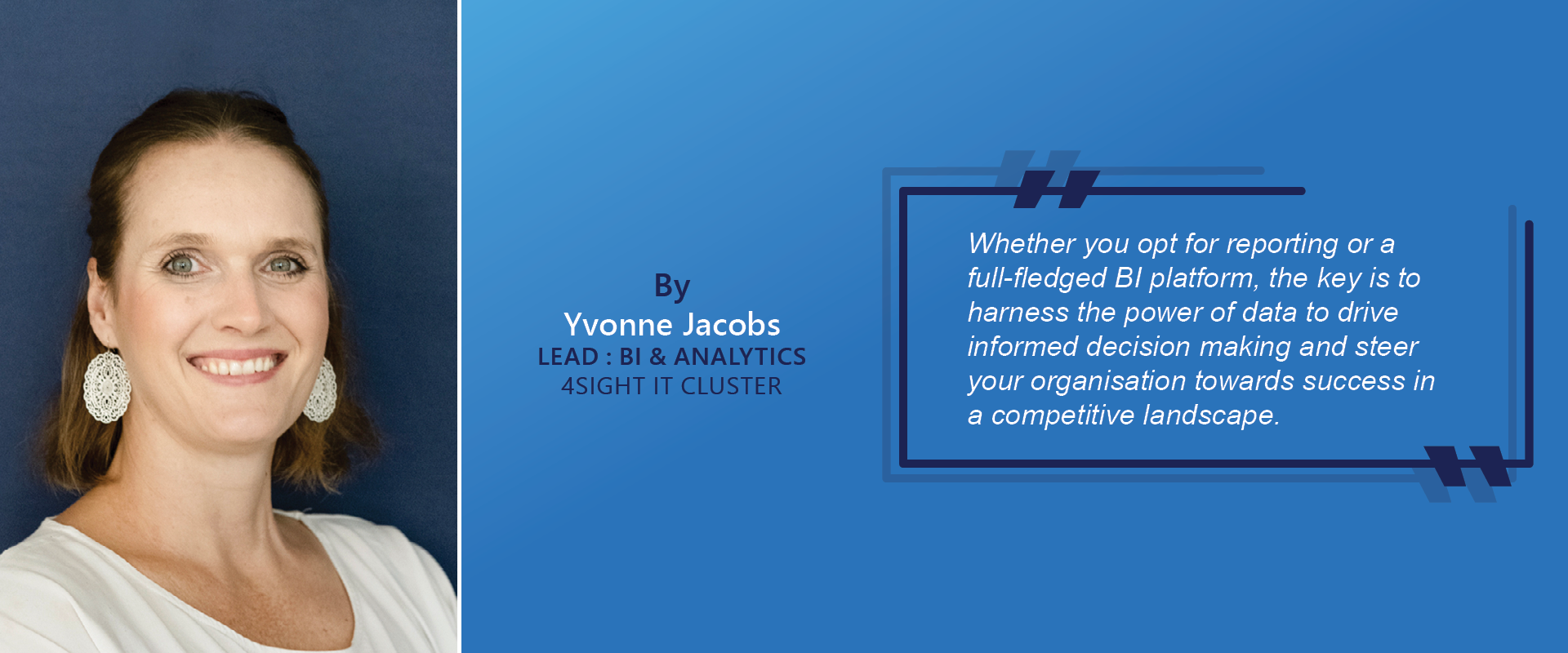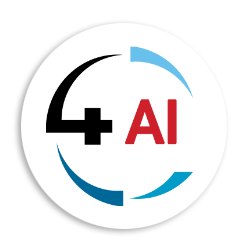Blog - Information Technologies
Data Mesh Architecture

Empowering Business Units Through Distributed Data Ownership
At 4Sight we understand that in today's rapidly evolving data landscape, organisations face mounting challenges with traditional centralised data architectures. As data volumes grow exponentially and business needs become increasingly complex, many enterprises are finding that conventional approaches to data management are creating bottlenecks rather than enabling innovation. At 4Sight, we're witnessing a fundamental shift in how forward-thinking organisations approach their data architectures – and Data Mesh stands at the forefront of this transformation.
The Limitations of Centralised Data Warehouses
For decades, companies have relied on centralised data warehouses and data lakes, managed by specialised teams that serve as gatekeepers to organisational data assets. While this model worked effectively when data volumes and use cases were more limited, today's business climate demands a more agile approach. Centralised models often suffer from:
- Scalability challenges as data volumes and complexity grow
- Slow time-to-insight due to bottlenecks in the data pipeline
- Knowledge gaps between technical data teams and business unit experts
- Limited ownership and accountability from business units that actually use the data
- Rigid structures that can't adapt quickly to changing business needs
The consequences are all too familiar: lengthy development cycles, frustrated business users, and a persistent gap between data capabilities and business outcomes.
Data Mesh: A Paradigm Shift
Data Mesh, a term coined by Zhamak Dehghani, represents not just a technical architecture but a sociotechnical approach that fundamentally reimagines how companies organise around their data assets. At its core, Data Mesh treats data as a product and distributes ownership to the business units that understand it best.
The four key principles of Data Mesh include:
1. Business units -oriented decentralised data ownership: Moving control of data to the teams that generate and use it most
2. Data as a product: Treating datasets with the same attention to quality, documentation, and user experience as customer-facing products
3. Self-serve data infrastructure: Providing business units with platforms and tools to manage their own data needs
4. Federated computational governance: Ensuring standards and interoperability across autonomous business units
This approach aligns responsibility with expertise and breaks down the artificial separation between "business" and "data" teams that has hindered many organisations' data initiatives.
The Business Benefits of Data Mesh Implementation
Organisations adopting Data Mesh architectures are reporting significant improvements in several key areas:
- Accelerated innovation cycles: Business units can iterate on data products without waiting for central teams
- Higher data quality: Those who understand the data best are directly responsible for its quality
- Greater business alignment: Data products are developed by those who understand the business context
- Improved cross-functional collaboration: Clear interfaces between business units to facilitate data sharing
- Scalable organisational structure: The approach grows naturally with your organisation and data needs
How 4Sight Holdings Enables Data Mesh Transformation
At 4Sight Holdings, we recognise that implementing Data Mesh is as much about organisational transformation as it is about technology. Our comprehensive approach helps clients navigate this journey with confidence:
Assessment and Strategy
We begin by evaluating your current data landscape and organisational structure to identify the optimal path forward. Our experienced consultants help define business units boundaries, identify potential data products, and design governance frameworks tailored to your specific needs.
Technology Foundation
Our technical teams implement the self-serve data platforms that form the backbone of successful Data Mesh architectures. This includes:
- Containerised data processing environments
- Data product cataloging and discovery tools
- Automated quality monitoring and observability
- Department - specific analytical environments
- Cross- departments interoperability frameworks
Organisational Enablement
We guide your teams through the cultural and structural changes needed to embrace distributed data ownership:
- Training department teams on data product management
- Developing data product design and documentation standards
- Facilitating cross- business units collaboration processes
Continuous Evolution
Our ongoing support ensures your Data Mesh architecture evolves with your business needs:
- Regular architecture reviews and optimisation
- Data product portfolio management
- Governance maturity assessments
- Performance benchmarking and enhancement
Real-World Success Stories
While respecting client confidentiality, we can highlight outcomes we've helped achieve through Data Mesh implementations:
- A financial services firm reduced time-to-market for new data products by 68% while improving data quality metrics by over 40%
- A retail enterprise increased cross-department data utilisation by 3.5x, leading to improved inventory management and customer insights
- A manufacturing client streamlined regulatory reporting while simultaneously increasing their analytical capabilities
Getting Started with Data Mesh
The journey to Data Mesh architecture may seem daunting, but it doesn't have to happen all at once. At 4Sight Holdings, we recommend a phased approach:
1. Identify high-value business units that would benefit most from autonomous data management
2. Establish clear data product standards before full decentralisation
3. Invest in self-serve platforms that enable business units teams to succeed
4. Implement feedback mechanisms to continuously refine your approach
5. Evolve governance from control-oriented to enablement-focused
The Future is Distributed
As data continues to grow in both volume and strategic importance, organisations that cling to centralised models will find themselves increasingly constrained. Data Mesh represents not just a technical evolution but a necessary rethinking of how enterprises organise themselves around their most valuable asset – their data.
At 4Sight Holdings, we're committed to helping our clients navigate this transformation, combining technical expertise with organisational change management to unlock the full potential of their data assets. Whether you're just beginning to explore Data Mesh concepts or are ready to implement at scale, our team is ready to guide you through every step of the journey.
Ready to explore how Data Mesh architecture could transform your organisation's approach to data? Contact our team at 4Sight Holdings today for a consultation tailored to your specific business context and needs.


